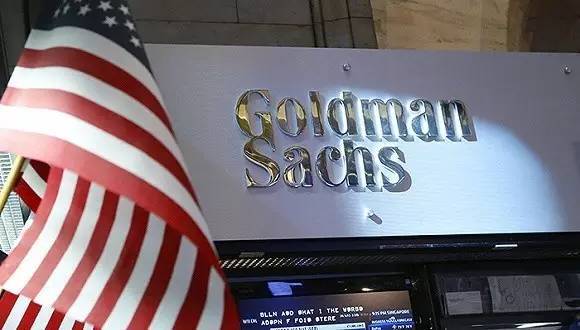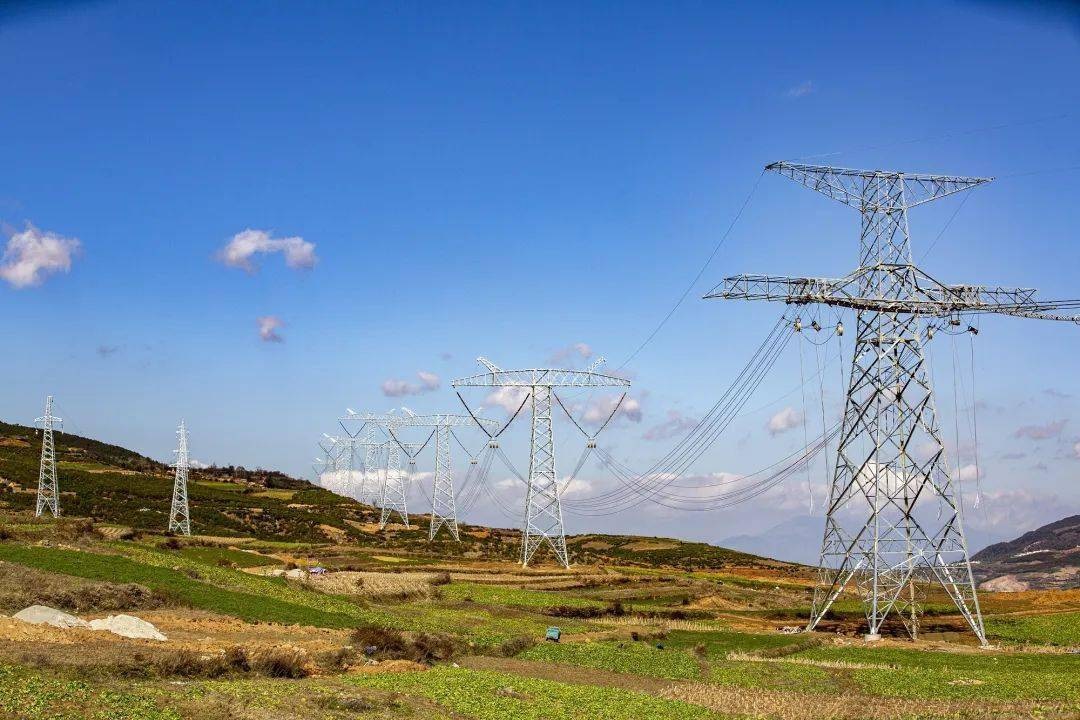
Goldman Sachs 'recent revision of the US economic outlook has attracted widespread market attention. It raised the risk of a US recession from 20 per cent to 35 per cent, while raising its forecast for personal consumption expenditure (PCE) inflation to 3.5 per cent in 2025, a change that highlights the market's uncertainty and pessimism about future economic conditions. This adjustment not only affects investor confidence, but also poses deeper challenges to the Fed's monetary policy and overall economic growth prospects.
From an economic growth perspective, Goldman's forecast for gross domestic product (GDP) growth to fall to 1.0% quarter-on-quarter means the U.S. economy is losing momentum. This slowdown could be influenced by a number of factors, including tighter monetary policy, reduced business investment, and a decline in consumer spending. As inflation expectations rise, the Fed may be forced to keep interest rates higher, further increasing the downside risk.
The increase in inflation means the economy could face more prolonged price pressures. While the Fed had hoped to curb inflation by raising rates, the current adjustment suggests that inflation may be more stubborn than expected. This can be closely related to factors such as supply chain issues, tight labor markets, and global economic instability. In particular, uncertainty over tariff policy could further push up the prices of imported goods, thereby exacerbating domestic inflationary pressures.
The increased risk of stagflation is also at the heart of the adjustment. Stagflation, the combination of slowing growth and high inflation, usually poses a big challenge for policy makers. In that case, the Fed could be caught between a rock and a hard place: If it keeps interest rates high, it will stifle economic growth and possibly cause a recession. Loosening policy too soon could lead to runaway inflation. This dilemma makes the future path of policy even harder to predict.
The market reaction echoed those economic fears. The synchronous decline in the S&P 500 index and the dollar index indicates that investors are less confident about the future economic environment. Normally, the stock market and the dollar index have a certain negative correlation, and this synchronized decline reflects the market's high vigilance over economic instability. This may be due to investor concerns about future corporate profitability, or it may reflect a change in the flow of safe-haven funds.
The corporate level is also likely to be affected by this change in economic outlook. If Goldman's forecasts are accurate, companies may need to face higher funding costs and lower demand growth, which will further curb capital spending and hiring plans. In addition, inflationary pressures can lead to higher production costs, forcing companies to raise prices, which in turn affects consumer demand, creating a vicious circle.
In the context of the uncertain global economic environment, the external challenges facing the US economy cannot be ignored. Geopolitical risks, international trade frictions, and adjustments in global supply chains could all have a negative impact on the U.S. economy. Especially with a weaker dollar, rising import costs could fuel domestic inflation, while declining export competitiveness could further affect economic growth.
In addition, the turmoil in the US housing market could add to the downward pressure on the economy. As interest rates rise and the cost of buying a home increases, the demand in the real estate market may fall further, causing prices to fall. This will not only affect consumer confidence, but also have a knock-on effect on financial markets, where a decline in the quality of bank loans could trigger broader financial instability.
At the same time, changes in the labor market are also an issue that cannot be ignored. While the current employment numbers are still relatively solid, if the economic slowdown persists, companies could cut hiring or even lay off workers, which would further hit consumer spending. The rise in unemployment will not only affect the level of personal income, but also have a profound impact on social stability and government fiscal policy.
Government debt is also a potential economic problem. As interest rates rise, the cost of US government debt will increase significantly, which could force the government to reduce fiscal spending, affecting infrastructure investment, social welfare and economic stimulus programs. That could further exacerbate the slowdown, making it harder for the overall economy to recover.
In addition, U.S. manufacturing faces challenges. Supply chain instability, rising raw material prices and a weak global economy could affect manufacturing output. Some companies may shift production to lower-cost locations due to rising costs, which could lead to fewer jobs at home and further strain the economy.
Volatility in the consumer credit market is also worth watching. As interest rates rise and the cost of credit card debt and auto loans increases, consumers could spend less, hurting the retail and service sectors. That could create a vicious circle of weaker consumer demand, lower corporate profits and fewer jobs.
Taken together, this adjustment by Goldman Sachs reveals the fragility of the US economic outlook and reinforces market fears of stagflation. In this context, both policymakers and market participants need to be more cautious in dealing with possible economic challenges. There is still considerable uncertainty about the future direction of the economy, and investors need to pay close attention to the policy moves of the Federal Reserve and changes in the global economy to cope with possible market volatility and economic risks. In such a complex economic environment, any policy mistake could exacerbate economic distress, so policymakers need to strike a more precise balance between monetary and fiscal policy to ensure a gradual return to stability.
In the face of these challenges, the US government and businesses need to take more aggressive measures to enhance economic resilience. The coordination of fiscal and monetary policies will be key, while companies will need to be flexible in adapting their strategies to changing market conditions. The uncertainty of the global economy makes decision-making more complicated, and only prudent measures with full assessment of risks can ensure long-term stable economic development.

報告顯示,中國電力投資加速增長,預計2024年電網基建投資將超過5300億元。
近日,市場迎來了一則引人注目的消息:工業巨頭3M公司(MMM.N)在本周五公布了其季度業績報告,隨後股價飆升至近兩年來的
最近,外媒給OpenAI算了筆賬,今年可能要血虧50億美元。
近日,巴黎奧運會和世界鐵人三項協會聯合發布了一項重大決定,宣布因塞納河水質污染問題,原定於近期進行的奧運會鐵人三項首次下
當地時間7月18日,法國巴黎發生了一起令人震驚的持刀襲警事件。
近期,一則重大消息在國際舞臺上引起軒然大波,馬來西亞宣布加入金磚國家。
調查發現,互聯網和智能手機的使用幹擾了韓國近五分之一學生的生活。